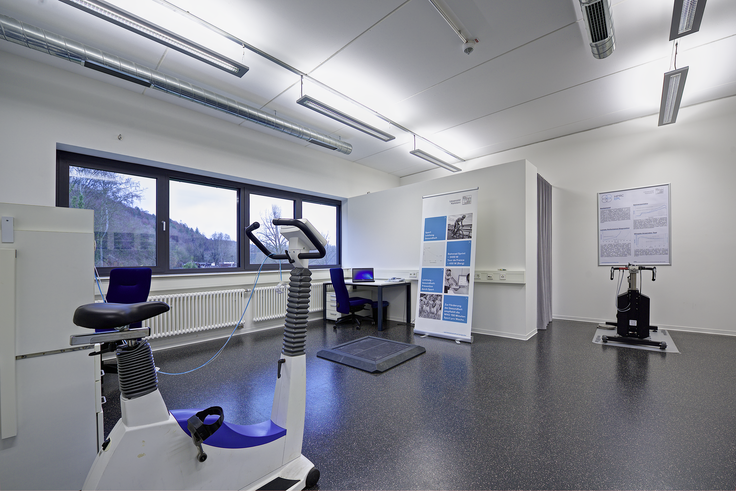
Physical Capacity - Exercise
We are interested in developing efficient and effective exercise programs to increase physical fitness and strengthen health resources.
Projects: Inactivity and Exercise
We use bedrest as a perfect model to study the degenerative effects of physical inactivity on physical capacity and the underlying molecular mechanisms. A sedentary lifestyle is one of the major risk factors for non-communicable diseases and mortality. In close collaboration with space agencies we develop and test training countermeasures for the detrimental effects of inactivity on the human body.
Collaborations
Representative Publications
Projects: Ageing and Space
We use spaceflight as a model to study the process of aging. Spending time in space causes muscle and bone atrophy and alters the immune and cardiovascular system in humans. Many of the physiological changes closely resemble those found in the elderly. In these research projects we focus on the effects of long duration missions in microgravity on “age-like” physiological changes by measuring previously established molecular biomarkers of ageing and by investigating the integrity and function of genes involved in DNA damage response in astronauts aboard the International Space Station (ISS) as well as in ex vivo microgravity models.
Collaborations
Representative Publications
Projects: Physical capacity and DNA integrity
We induce DNA damage and measure DNA repair kinetics in human blood cells to study the impact of physical capacity and exercise on DNA integrity. Our results indicate that increased aerobic fitness can protect immune cells against radiation-induced DNA strand breaks and enhance the DNA repair capacity after radiation. “Unrepaired” or “misrepaired” DNA strand breaks can lead to serious biological consequences like a higher carcinogenic risk.
